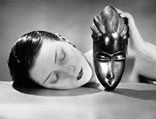



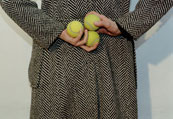
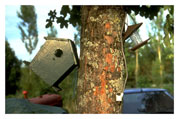


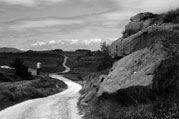
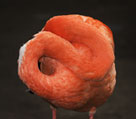
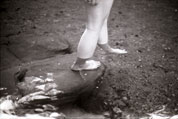

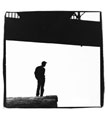

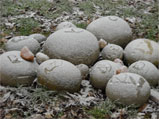

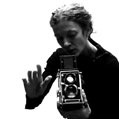


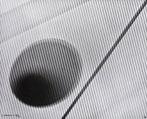

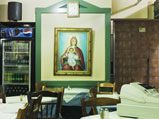


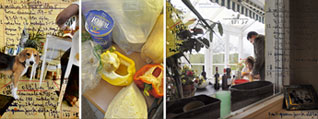
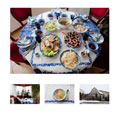
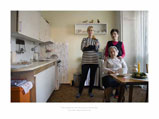

Luigi Veronesi
Chiostri di San Domenico
7th May - 13rd June 2010 curated by Liliana Dematteis and Laura Gasparini |
 fotogramma n. 7, 1937 © Fototeca della Biblioteca Panizzi, Reggio Emilia Collezione Liliana Dematteis GLI ARTISTI
|




























Luigi Veronesi
Chiostri di San Domenico
7th May - 13rd June 2010 curated by Liliana Dematteis and Laura Gasparini |
 fotogramma n. 7, 1937 © Fototeca della Biblioteca Panizzi, Reggio Emilia Collezione Liliana Dematteis GLI ARTISTI
|